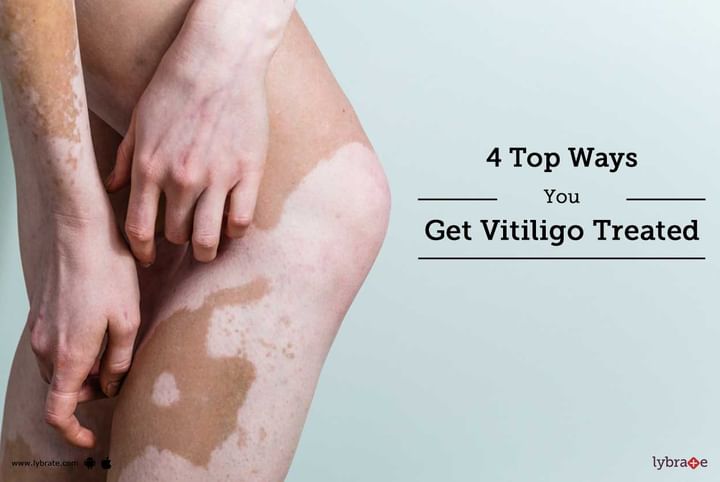4 Top Ways You Get Vitiligo Treated
Vitiligo is a disease that causes the loss of skin shading and colour in patches. The degree and rate of colour loss from vitiligo cannot be determined. It can influence any part of the skin on your body. It might also influence one’s hair, inside of the mouth and even the eyes.
Ordinarily, the shade of one’s hair, skin and eyes is measured by melanin. Vitiligo happens when the cells that create melanin quit working or die. Vitiligo influences individuals of all skin types; however, it might be more common in individuals with a darker skin. The condition is not contagious or life threatening.
Numerous medicines may be used to restore the skin shading or level out the skin tone. A few medicines might have some serious side effects on some people. So your specialist may propose that you first try to improve your skin by applying self-tanning products or make-up. Here are some of the top ways to treat vitiligo:
-
Medicines
-
Creams that control aggravation: A topical corticosteroid may cause the skin to return to its natural shade (repigment), especially if you begin utilising it right at the start of the disease.
-
A type of vitamin D: Topical calcipotriene (Dovonex) is a cream that can be used with corticosteroids. Possible reactions include dry skin, rash and itching.
-
Medicines that influence the immune system: Treatments containing tacrolimus or pimecrolimus (calcineurin inhibitors) might be compelling for individuals with little ranges of depigmentation, particularly on the face and neck.
-
-
Therapies
-
Light therapy: This uses a narrow band of UVB light. You may get treatment in a specialist’s office up to three times each week.
-
Laser treatment: This technique brings the shading back to the patches of light skin by treating them with an excimer laser, which utilises a particular wavelength of UVB light.
-
Depigmentation: A solution with monobenzone is connected to the unaffected zones of the skin. This progressively lightens the skin so that it blends with the affected areas.
-
-
-
Skin grafting: In this system, your specialist removes little segments of your ordinary, pigmented skin and joins them to regions that have lost colour.
-
Rankle grafting: In this system, your specialist makes blisters on your pigmented skin with suction. He or she then removes the highest points of the blisters and transplants them to a range of stained skin.
-
Micropigmentation: In this method, your specialist utilises an extraordinary surgical instrument to embed colour into your skin.
-
-
Other treatments
-
Shield your skin from the sun and UV light. In case that you have vitiligo, especially in case you have light skin, use a wide range of waterproof sunscreen with an SPF of not less than 30.
-
Abstain from tattoos that are not associated with treating your vitiligo.
- Make-up concealers may enhance the appearance of the skin and help you feel better about yourself, particularly if your vitiligo patches are on uncovered skin. If you wish to discuss about any specific problem, you can consult a doctor and ask a free question.
-



+1.svg)
